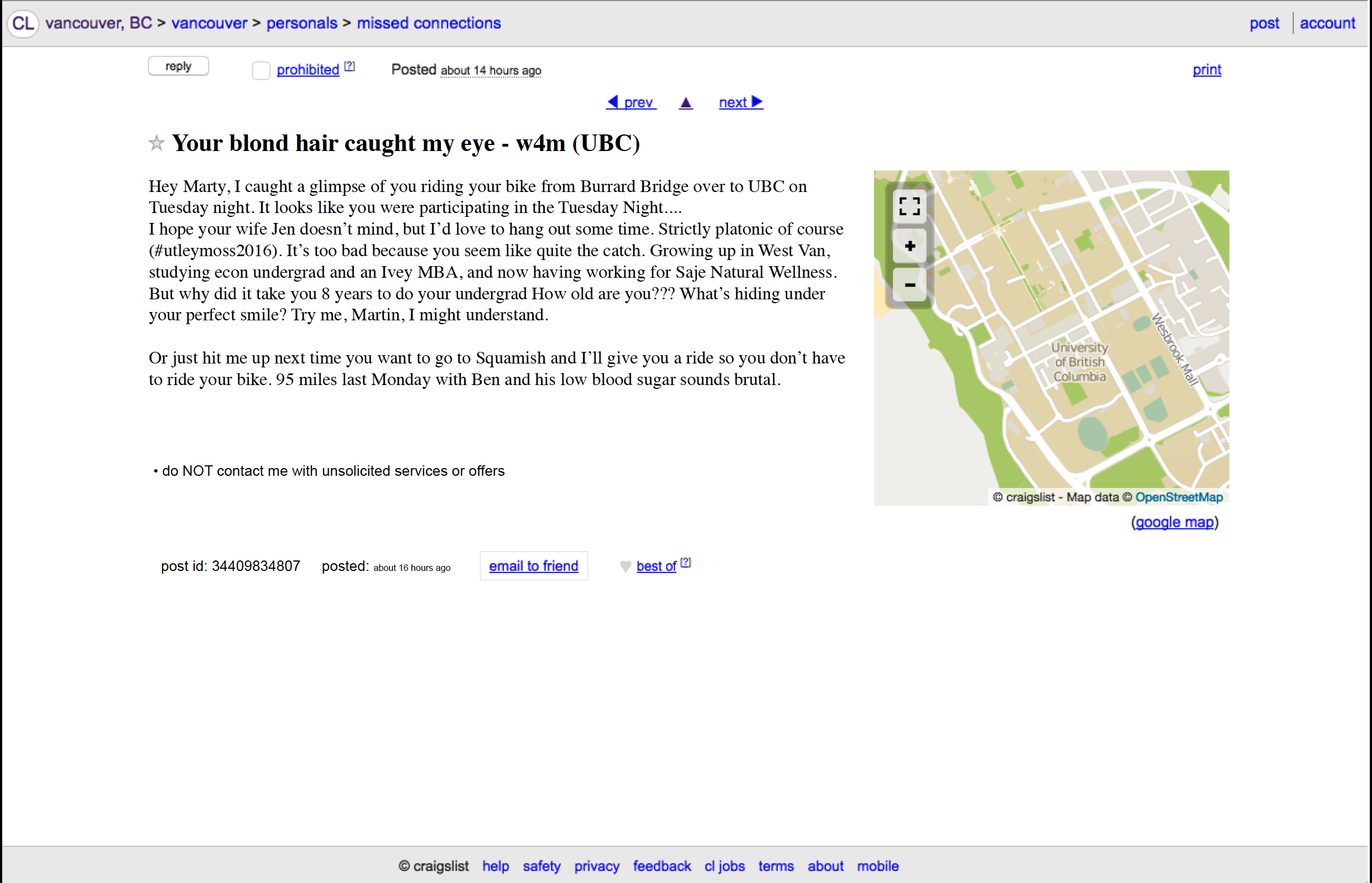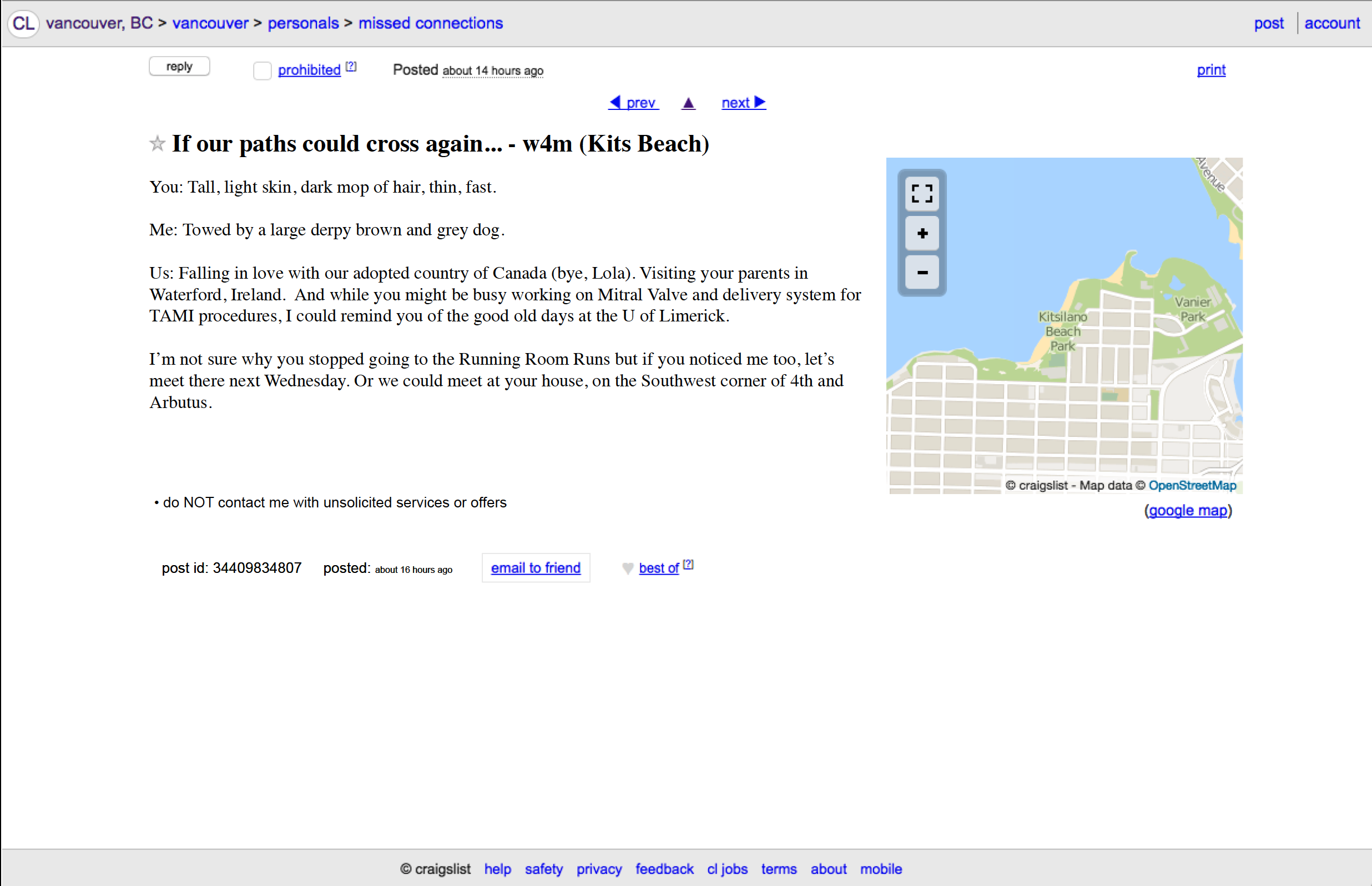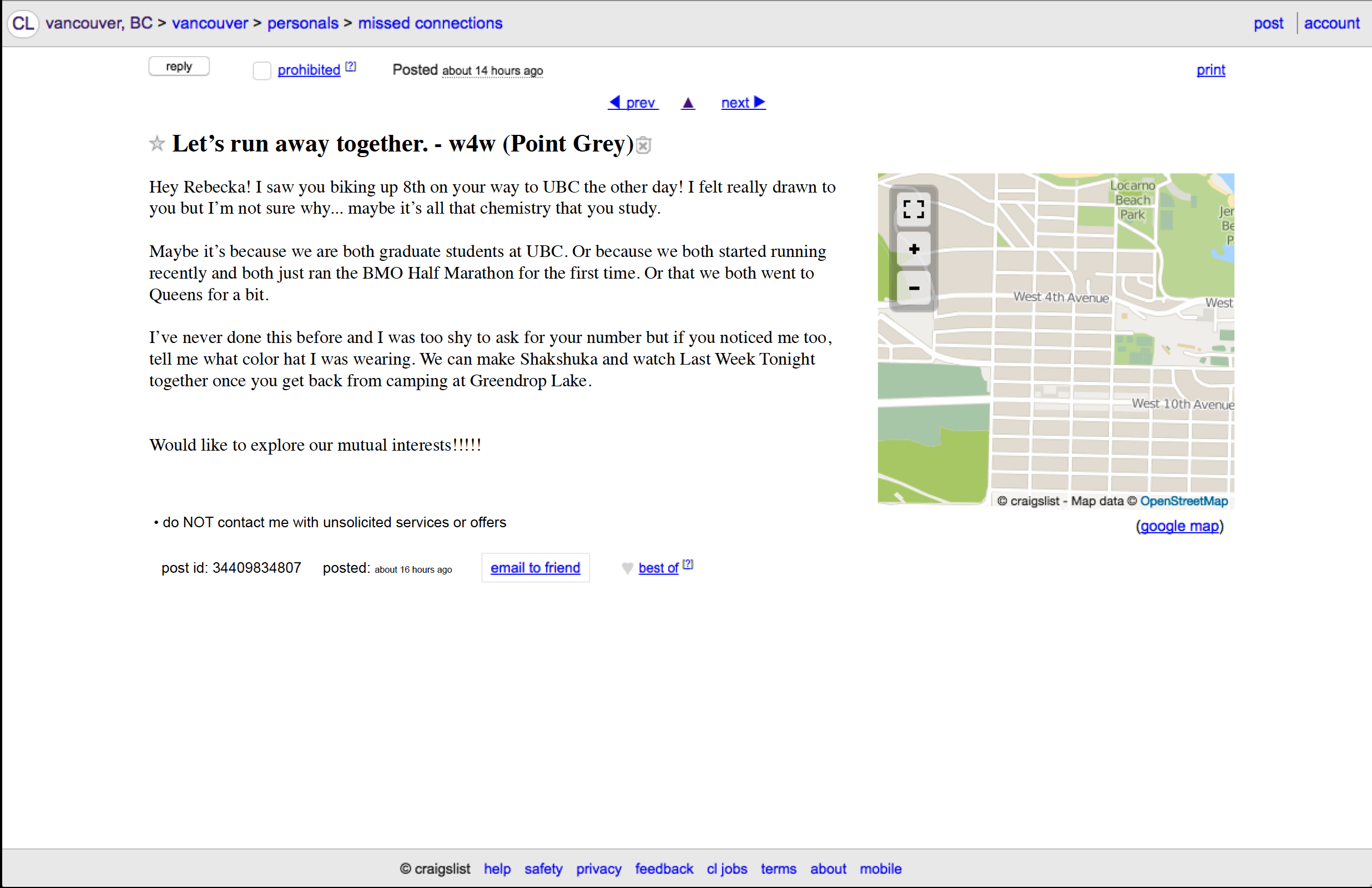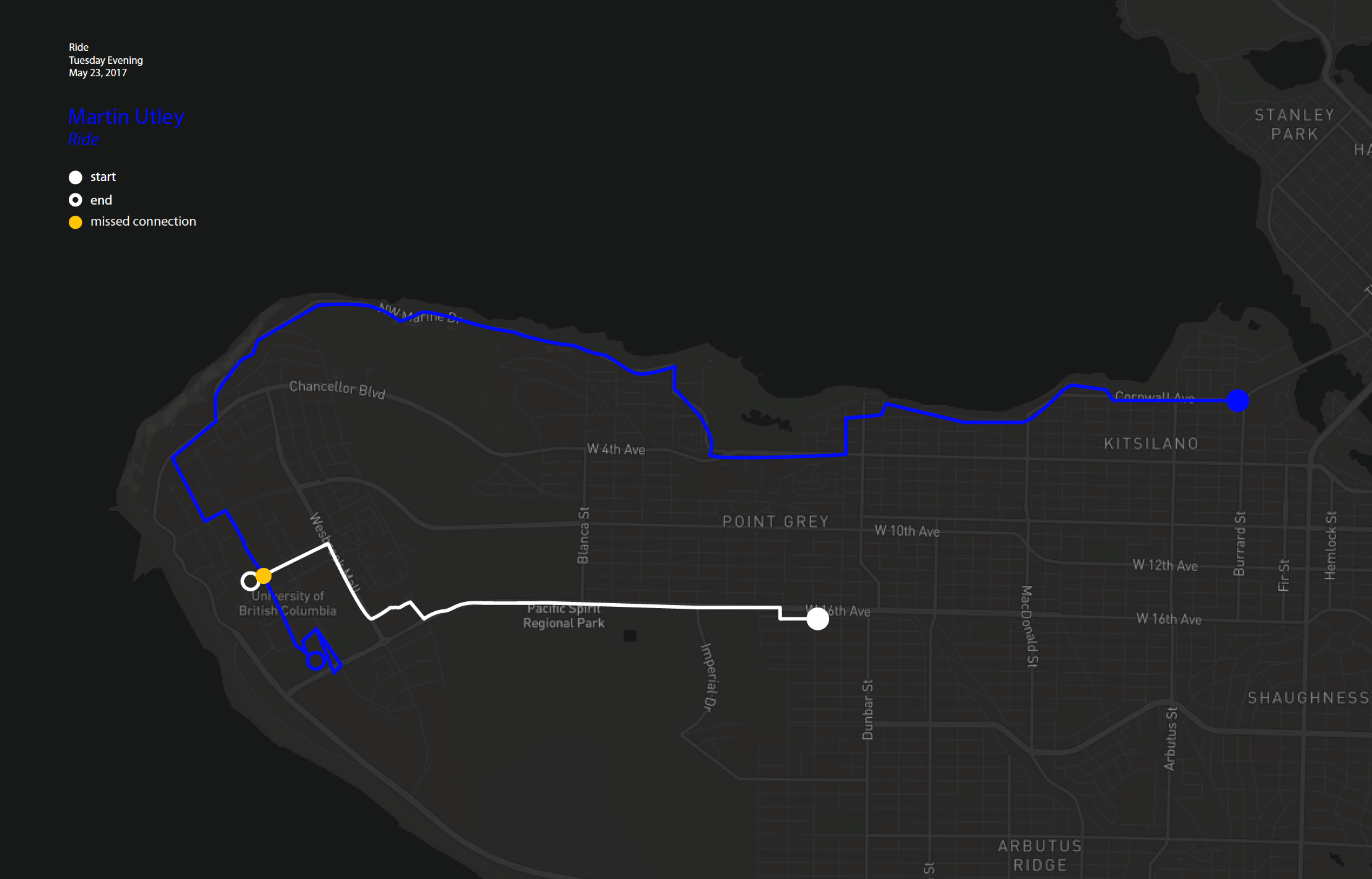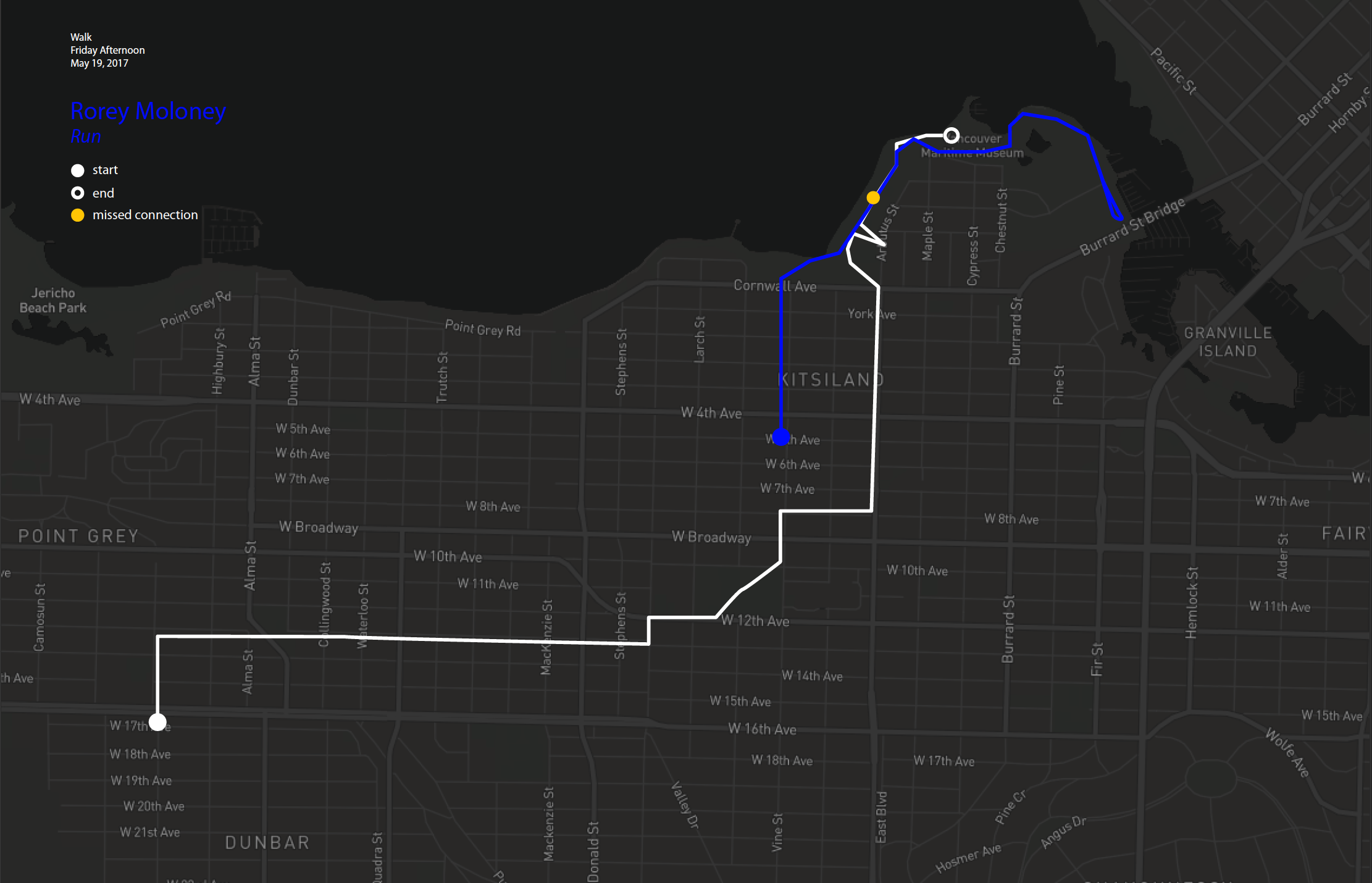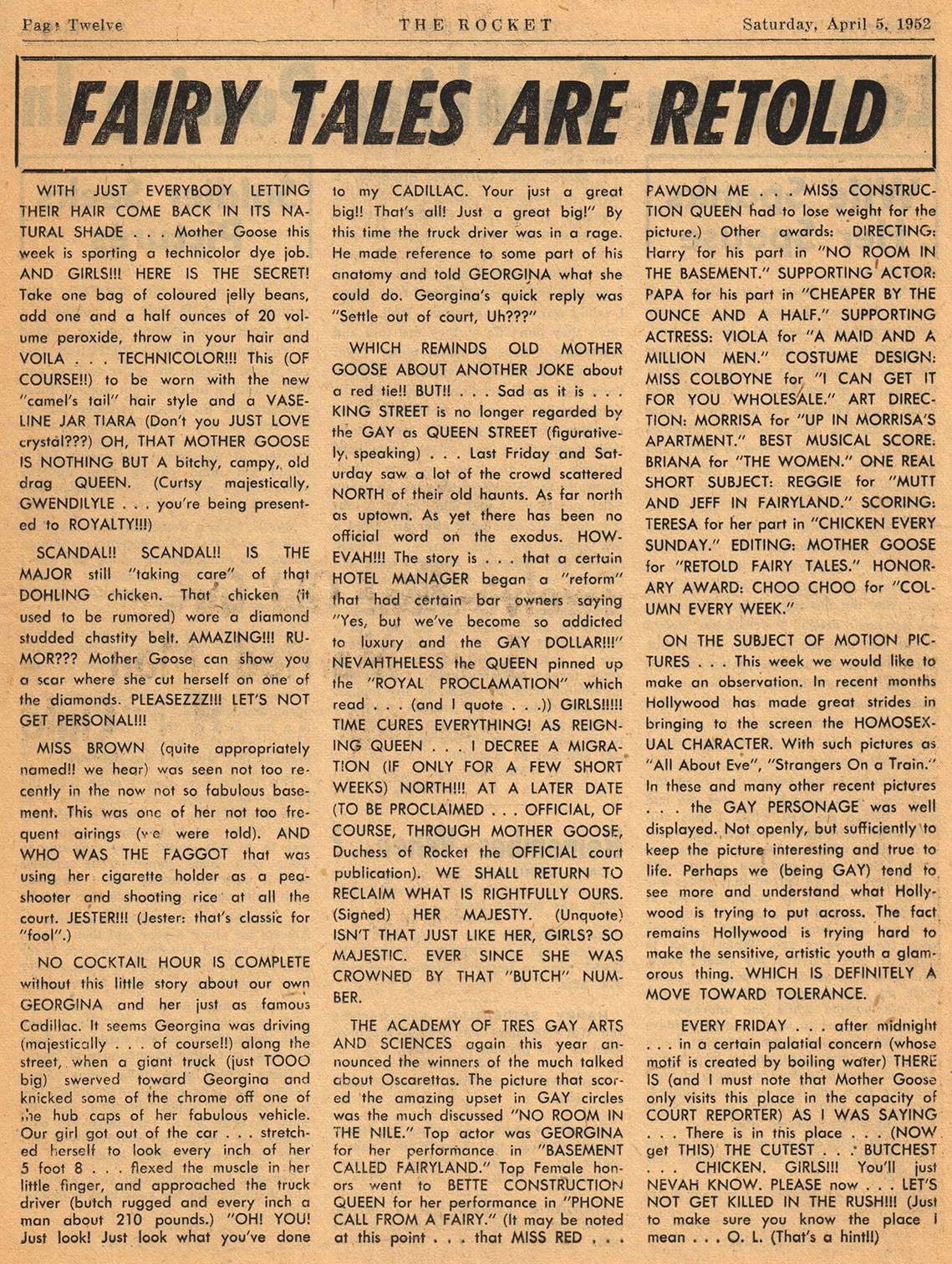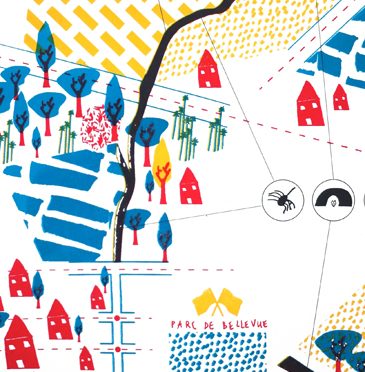http://sigliopress.com/book/everything-sings/
That a cartographer could set out on a mission that’s so emotional, so personal, so idiosyncratic, was news to me.
—IRA GLASS, host of This American Life, from his introduction to Everything Sings.
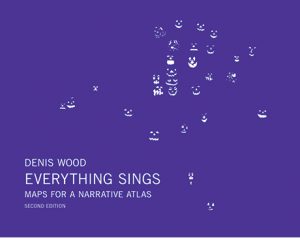
Iconoclastic geographer Denis Wood has created an atlas unlike any other. He surveys his small, century-old neighborhood Boylan Heights in Raleigh, North Carolina by first paring away the inessential (scale, orientation, street grids), then by locating the revelatory in the unmapped and unmappable: radio waves permeating the air, the paperboy’s route in space and time, the light cast by street lamps, Halloween pumpkins on porches.
His joyful subversion of the traditional notions of map making forge new ways of seeing not only this particular place, but also the very nature of place itself. In pursuit of a “poetics of cartography,” Wood makes maps in which the experience of place is primary, and the eye is attuned to the invisible, the overlooked, and the seemingly insignificant.
These maps have a traditional rigor, but they also have “fingerprints”—a gamut of subjective arguments about the relationships between social class and cultural rituals, about the neighborhood as “transformer,” about maps’ impermanence and fragility—rejecting the idea that they convey a single, static, objective truth. Together, they accumulate into a multi-layered story about one neighborhood that tells the larger, universal story of how we understand and define the places we call home.
 http://www.therefugeeproject.org/
http://www.therefugeeproject.org/ Follow
Follow